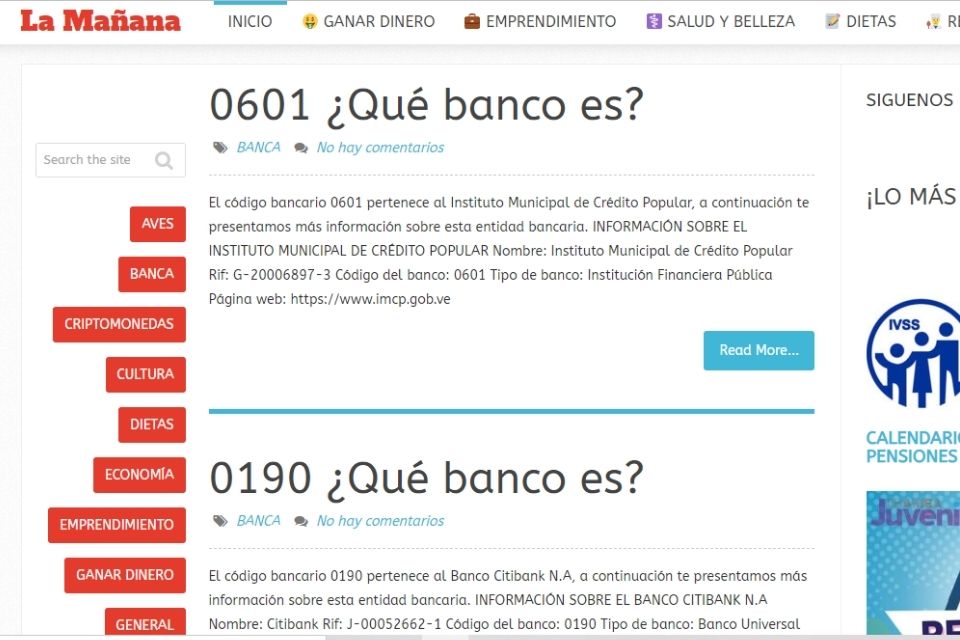18% of the energy distributed by UTE is not billed. 6% are technical losses produced by the heating of cables and transformers. Another similar percentage are non-technical lossesthat is, users who hang onto the network in settlements and deprived areas, places where the company has already deployed a social inclusion plan (see apart). But there is another 6% which are also non-technical losses, and that occur in residential areas of the country, where people who can pay for electricity service do not. The new strategic loss reduction plan that UTE has underway will focus on this segment.
“These are areas of any city where the culture has been generated that if you steal nothing happens. They use stolen electricity or rig meters to, in winter, for example, get double or triple heating. As they steal it, they have no limitations, and as they do not have any price signal that makes them take care, they give a spike to the energy. (…) They are people who, rationalizing their use, are not going to have any inconvenience in paying the electricity rate”said to The Observerthe engineer José Caram, adviser to the Presidency of UTE.
One of the main legs of the plan is the installation of anti-theft lines made up of protected cables that make energy theft more difficult. This type of material is already commonly used by electricity companies in Brazil, Argentina and other Latin American countries.
How does it work? Electrical distribution is generally done with easily accessible three-phase networks. This allows anyone to directly puncture the phases and hang on the electrical network. In the protected cables, these three phases —with the neutral if it is a 400-volt installation— have an external metallic mesh and another plastic protection is added outside the external mesh.
“The person does not see where each of the phases is inside. In the first place, it is very difficult to puncture that, and secondly, it happens that if you puncture badly, it is very likely that you will make a short circuit and all that cable will be without tension. In other words, what that cable covers is left without service”, explained Caram.
The length of these cables will be “minimal” and with the meters concentrated in one column. In addition to being protected, the wiring will be higher than usual. “Today it happens that the cable crosses the facade of a house and it can be accessed from a rooftop. In this case it will not be possible because it goes higher”, he stated by way of example.
UTE’s pilot plan will cover between 2,000 and 3,000 families in this first stage, and the total length of the networks to be deployed will be between 20 and 40 kilometers. The laying will be carried out in some blocks of neighborhoods located in Montevideo, Canelones and Saltowhere the result of the inspections indicates that these are areas where the greatest energy theft occurs. “There will be several homes, one next to the other where we know they are stealing energy,” said Caram. The first batch of imported cables will arrive in Uruguay around the middle of the year.
Adjust consumption
As they are households that do not pay for the service, they sometimes consume amounts of energy that reach, for example, 700 kWh or 800 kWh per month, values well above the average of a home where consumption is usually managed for normal uses.
Along with the installation of the cable that makes theft difficult, UTE aims for these households to rationalize the use of energy and not waste it, in addition to generating the habit of paying for the service. The pilot plan will be accompanied by tariff “flexibilities” to facilitate the transition from a mode of consumption that is currently free to a regulated mode.
“The client has to re-educate himself and adjust his consumption to what we all modulate rationally, taking some care, so that the monthly consumption of electricity does not skyrocket”, insisted Caram.
UTE has as its first goal lower energy losses by 4 points to 14%, which is a standard value in Latin American companies with reasonable management of the issue. Once that result is stabilized, the goal is to reach 12% with “finer” adjustments to the plan.
The use of protected cable is one of the recommendations included in the consultancy carried out with the World Bank to prepare the new loss reduction plan. Along with the increase in inspections, if in the future it were decided to extend the use of this technology to all the “more complicated” areas, an investment of some US$400 million would be necessary for the project, he told The Observer the president of UTE, Silvia Emaldi.
With the installation of smart meters, the entity is also trying to attack part of the problem. The smart meter as soon as it detects that it has been tampered with, it sends signals through the network alerting. At the end of 2021 there were 711 thousand installed and the goal is to reach 100% of customers by the end of this period.
“Our focus is going to be in non-deprived places that, being able to pay, do not. That energy is paid by all the rest of the customers”, Emaldi had said. For each point of loss, UTE gives up annual income of approximately US$12 million.
Social Inclusion Plan
The bond encourages the regularization of services where a high degree of informality still persists, establishes discounts in household rates, and also sets consumption caps to meet energy efficiency objectives.

















